
PUMPA - SMART LEARNING
எங்கள் ஆசிரியர்களுடன் 1-ஆன்-1 ஆலோசனை நேரத்தைப் பெறுங்கள். டாப்பர் ஆவதற்கு நாங்கள் பயிற்சி அளிப்போம்
Book Free DemoWe have studied that all objects are made up of tiny particles called atoms. To understand about atoms, let us consider bricks and chalk. When we crush those objects, we can get the powder of it, but when we look at the same powder through a microscope, we can see molecules of the object.
Those molecules are the combination of similar or different atoms. Atom is the basic unit of an element, and the charge of an atom is neutral.
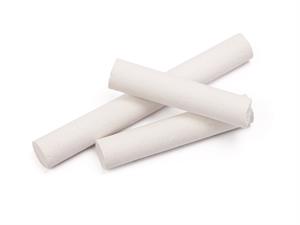 Chalk | 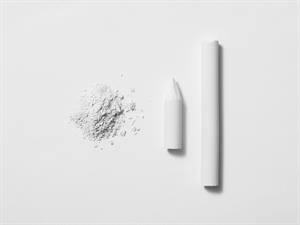 Chalk powder |
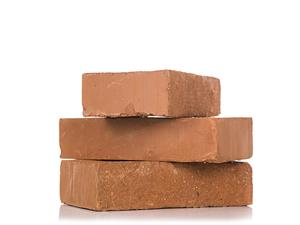 Brick | 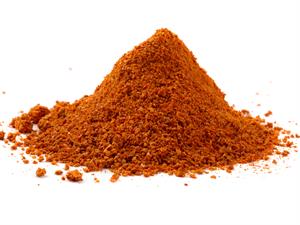 Brick Powder |
Structure of an atom:
John Dalton, an English chemist, considered that atoms could not be divided further. But through Rutherford's gold foil experiment, it was found that atoms are made up of sub-atomic particles like:
- Protons
- Electrons
- Neutrons
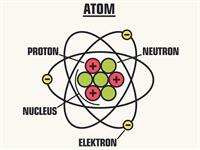
Structure of an atom
Protons and neutrons are bounded together inside the nucleus, which is at the centre of an atom. At the same time, electrons revolve around the nucleus in different paths called orbits. In an atom, the number of protons and the number of electrons will be equal. This makes the atom electrically neutral. There is a force of attraction between the protons in the nucleus and the electrons in the orbits. The protons strongly attract electrons in the inner orbits, and they cannot be removed from the atom easily. The electrons in the outermost orbits are loosely bound, and they can be easily removed from the atom.
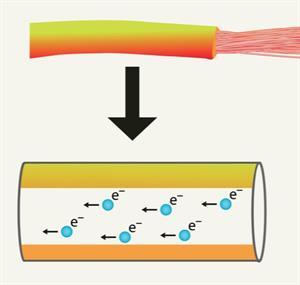
Movement of electrons in a conductor
Electrons' movement in a material constitutes electric current and generates energy called electric energy or electricity. We use this energy in our life for various needs. Electric bulbs, fans, electric iron boxes, washing machines, and refrigerators are appliances that work with electricity. In this chapter, we will study electric charges, and how they are transferred.